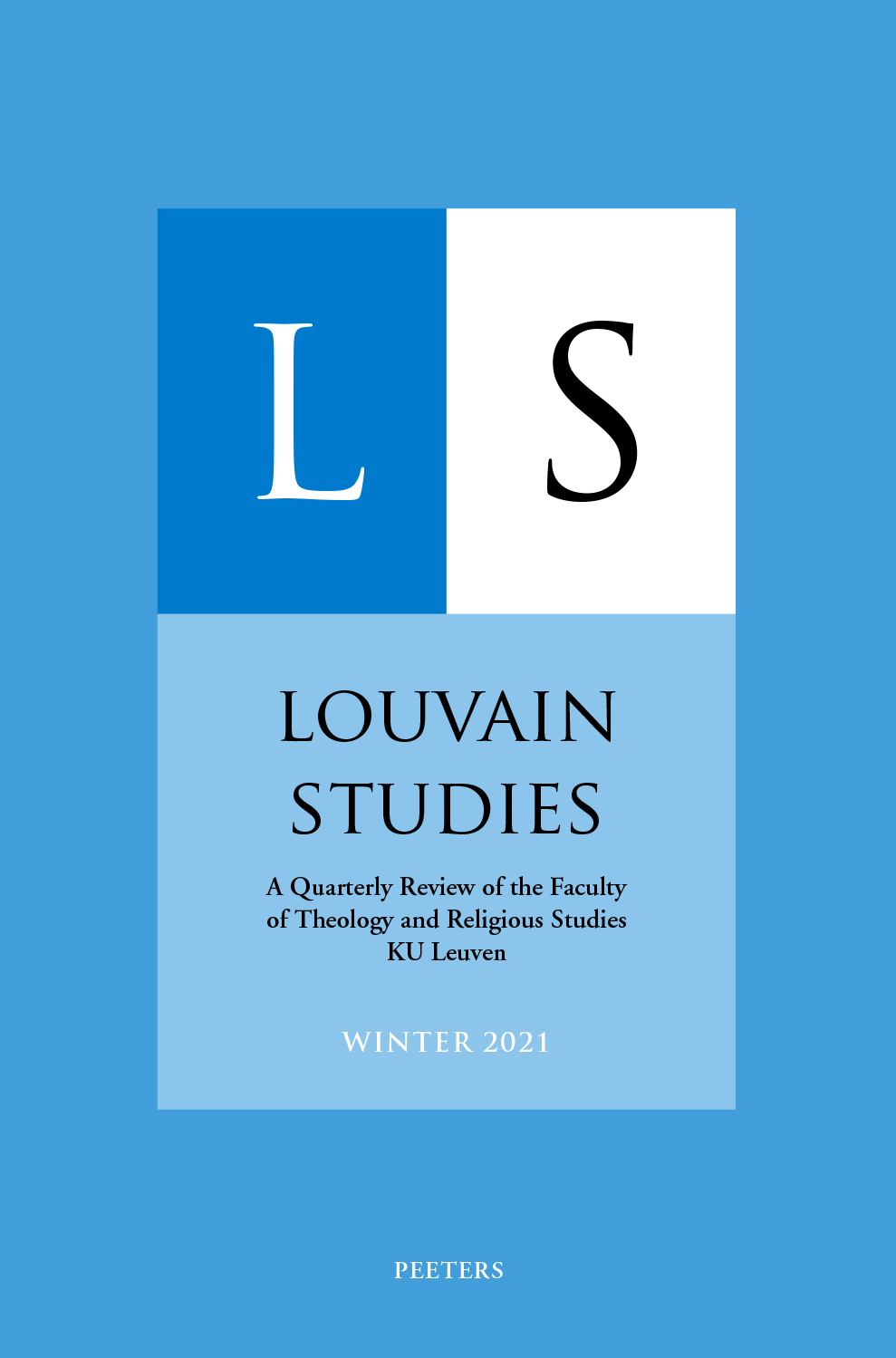 previous article in this issue previous article in this issue | next article in this issue  |

Preview first page |
Document Details : Title: The Walled-up Woman in The Castle of God Subtitle: Between Religion and Politics, the Case of Hungary Author(s): HENSEL, Leszek Journal: Louvain Studies Volume: 46 Issue: 4 Date: 2023 Pages: 367-378 DOI: 10.2143/LS.46.4.3294215 Abstract : The purpose of this article is to show how the topos of the immuration of the female body was used in Hungarian literature of the early twentieth century, in a play about building a castle for God. In 1863, one of the most important folk ballads of Hungarian culture was published: The Ballad of Kelemen Mason’s Wife. The heroine, walled into the rising building, was supposed to ensure the indestructibility of the structure. Half a century later, Hungarian author Ernő Ábrahám wrote a mystery play based on this ballad titled The Castle of God. In this play, in order for a permanent structure to be built in honour of the Lord, the wife of the chief engineer, Kelemen Mason, had to be walled up. However, the bricking of the woman into the castle structure not only strengthens the building, but is also a redemption of the sin she committed, which enriches the semantics of the work with a religious dimension. As does the fact that after the act of walling up, the Blessed Mother sends a host of angels to fetch the mason’s wife to lead her on the path to the Kingdom of Heaven. The foundation sacrifice becomes a symbol of the sacrifice made on the altar of love for the fatherland. The castle for God can be seen as a symbol of the Hungarian state, which the Hungarians considered destroyed by the peace agreement signed at Trianon in 1920. |
|


